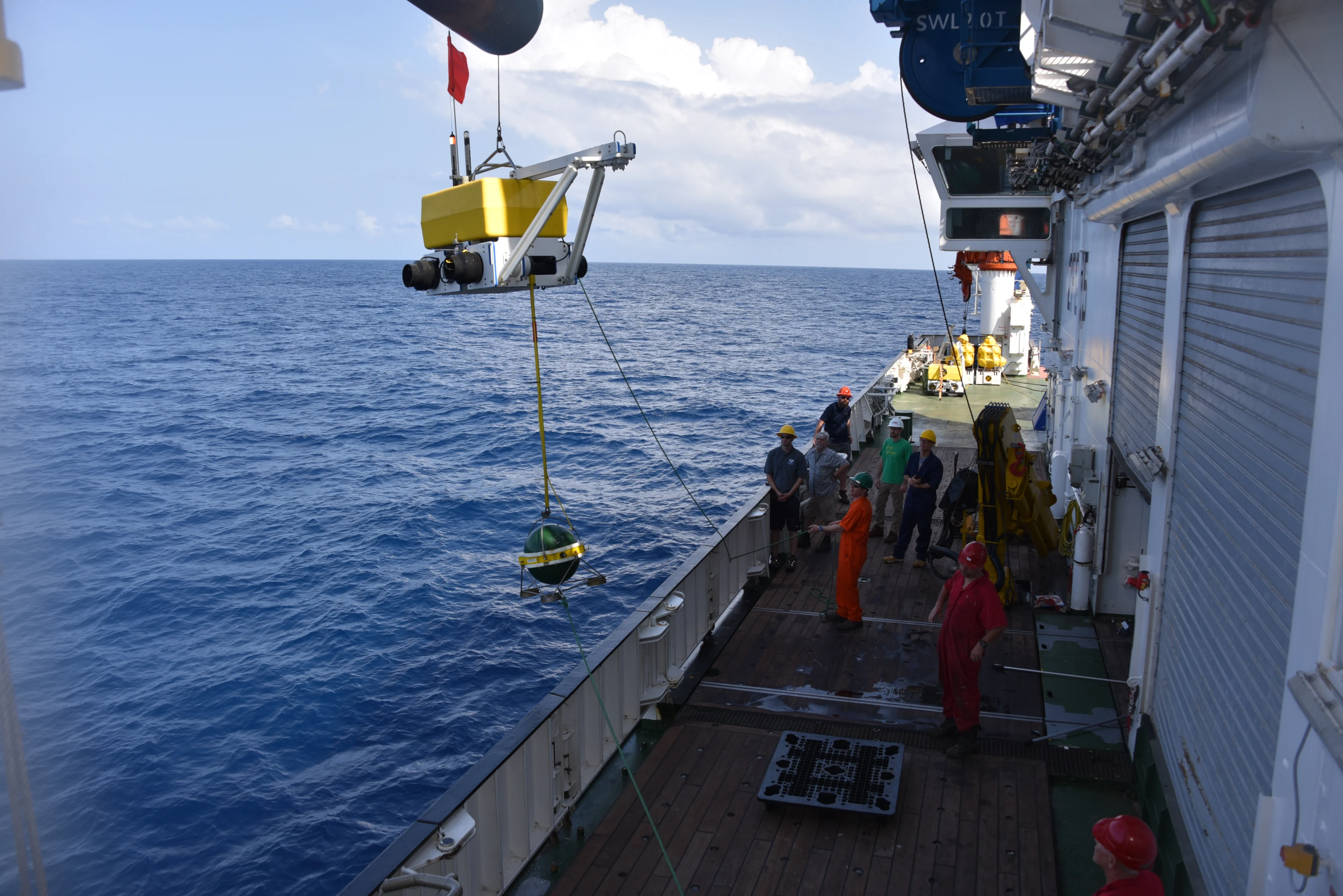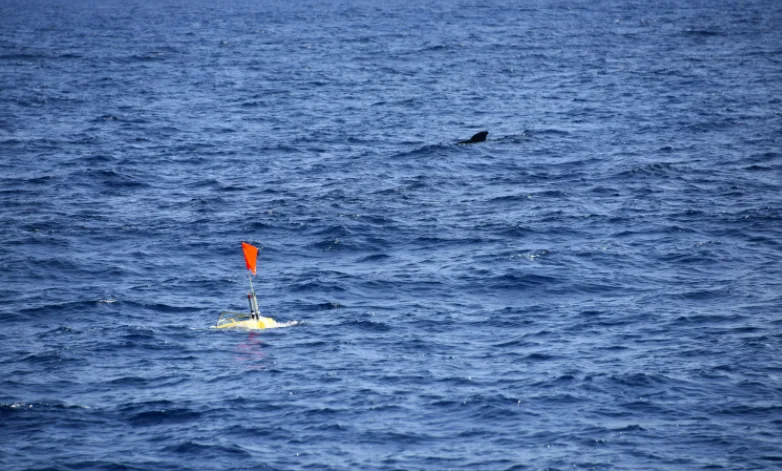
The Atlantic Ocean is getting wider and pushing continents apart, here's why
The researchers say that their findings from the Mid-Atlantic Ridge are “completely unexpected”
Activity far below the Earth’s crust has tectonic plates constantly in motion and aside from earthquakes, we don’t really feel these movements. However, scientists are observing that the Atlantic Ocean is slowly widening and pushing the continents of North and South America further apart from Europe and Africa. The processes that contribute to this distancing are incredibly complex, but scientists say that they are slightly closer to understanding what causes this movement.
A study published in Nature reveals the findings of the researchers that set out to investigate the widening of the Atlantic Ocean. The scientists travelled to the widest part of the Atlantic to collect data from the Mid-Atlantic Ridge, which is located between South America and Africa.
The Mid-Atlantic Ridge is the longest mountain range on Earth and stretches from the Arctic Ocean to the southern tip of Africa. Most of these mountains are on the ocean floor, where magma erupts as lava and produces new crustal material for the tectonic plates.

Researchers collecting data from the Mid-Atlantic Ridge. Credit: University of Southampton
This type of oceanic ridge developed as a result of the divergent motion between tectonic plates, specifically the Eurasian and North American plates in the North Atlantic and the South American and African plates in the South Atlantic. The Mid-Atlantic Ridge is the boundary between these plates and is a place where earthquakes occur and magma appears to fill in the space created by the divergence. This magma solidifies into a new oceanic crust and causes the plates to slowly spread roughly 4 cm each year and forms a rift valley that has roughly the same depth and width as the Grand Canyon.
The researchers spent ten weeks in research vessels around the Mid-Atlantic Ridge collecting data using seismometers, which record the vibrations from the earthquakes that occur along the ridge. They were able to gather data at depths of 410-660 km beneath the ridge, which revealed that a region between the upper and lower layers of the Earth’s mantle was hotter than usual. The researchers concluded that this could mean that this region helps facilitate upwelling between the lower and upper mantles, which eventually pushes the plates apart.

A seismometer recording data from the Earth's mantle beneath the Mid-Atlantic Ridge. Credit: University of Southampton
It was previously thought that subduction zones, where one plate crashes underneath another and sinks back into the Earth, contributed to this widening ridge and allowed more magma and other hot material to rise up and fill the space left by the plates. In a press release, the researchers from the University of Southampton said that this does not entirely explain the separating Atlantic plates because “the Atlantic ocean is not surrounded by dense, sinking plates.”
“This was completely unexpected. It has broad implications for our understanding of Earth’s evolution and habitability. It also demonstrates how crucial it is to gather new data from the oceans. There is so much more to explore,” said Dr. Kate Rychert in the press release. The researchers hope that their data is used to develop better models and warning systems for natural disasters, as well as models that project climate change and sea level rise.
Thumbnail credit: Magda Ehlers via Unsplash











